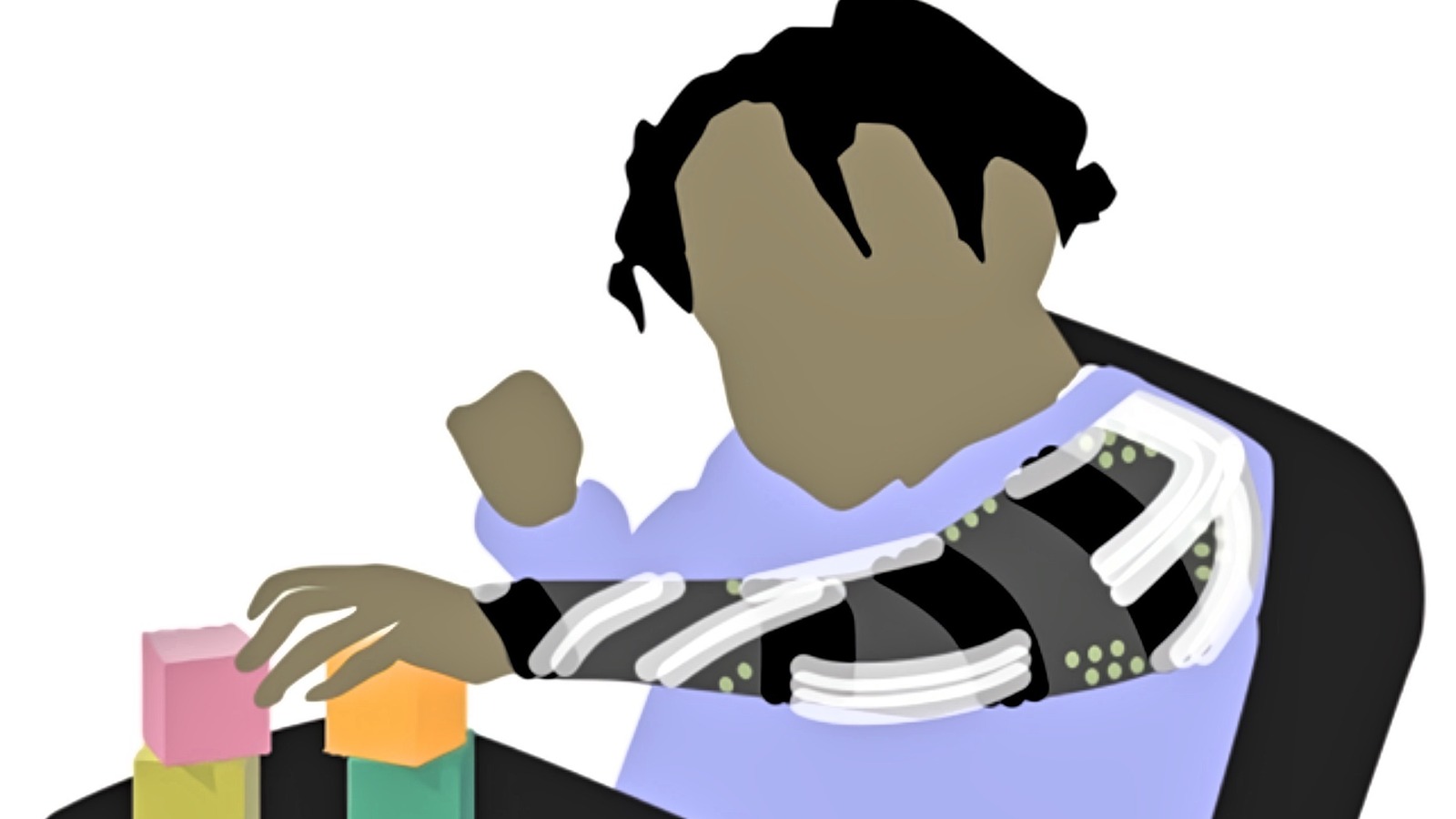
The team behind the innovation is focusing on something called “volitional control,” which essentially means communicating exactly what function a person wants to carry out. To achieve that, the fabric will have a lot of tiny sensors that will pick up the electrical signals generated in the muscle fibres in a specific area. These electrical signals are then passed through an algorithm which interprets the intention of the human subject (via UCR).
Once the intention has been deciphered in a specific area of the arm, air will be injected into tiny pockets (or bladders), creating a pressure that will move the arm in the desired direction. The idea sounds promising, and it solves another crucial hurdle for folks living with cerebral palsy: cost accessibility. Instead of using sophisticated and bulky assisted mobility machines, scientists aim to use “widely available textiles.”
Conducted in partnership with the Children’s Hospital of Orange County, the research will begin the prototype testing and refinement on “patients from a pediatric movement disorder clinic,” according to UCR. In the long run, team hopes that the innovation will also prove to be beneficial for folks with age-related mobility restrictions or even other types of movement issues in adults.
“If we can help kids brush their own teeth, pour water or open doors, actions that others take for granted, it’s a huge win for them,” project lead and assistant professor at UCR, Jonathan Realmuto, said.
For all the latest Gaming News Click Here
For the latest news and updates, follow us on Google News.
